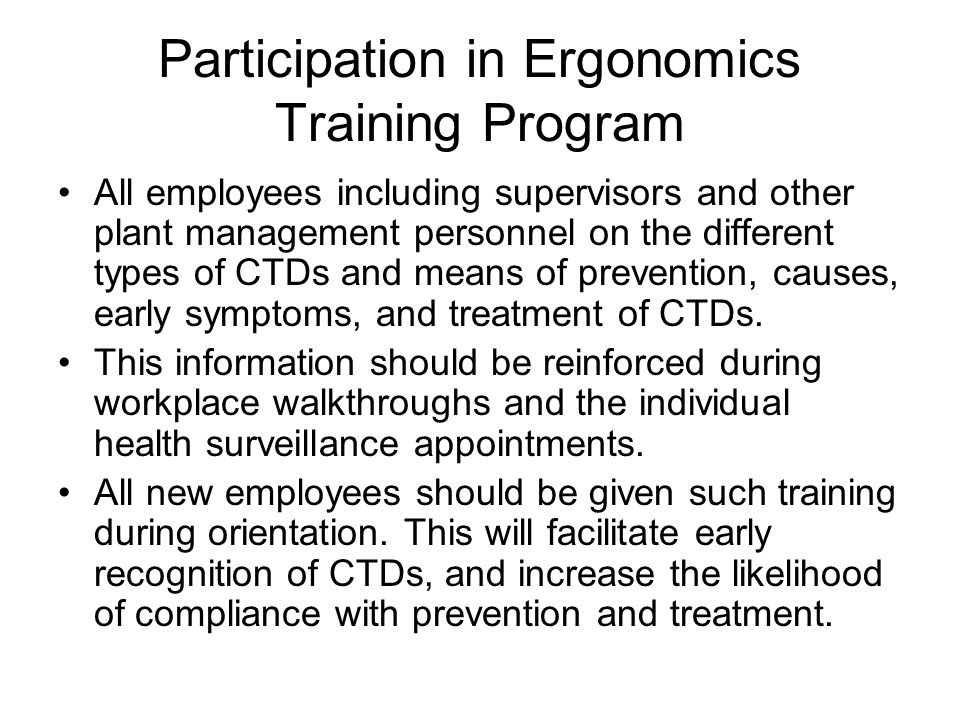Ergonomics Training Programs


Descargar Manual Autocad R14. Safe lifting Consider the following when planning or performing manual lifting: • Wear supportive shoes when lifting. Patrician Ii Vista Patch. Examples of unsupportive shoes include high heels, sandals, flip-flops, etc.; • Size up the load, its weight, shape and position, and decide on the route and destination for the object prior to lifting; • Human or mechanical assistance (e.g. Team lifting, hand trucks, carts, dollies, forklifts, hoists and wheelbarrows) should be used when carrying or moving heavy objects greater than 50 pounds or when an object is too large, awkward, or difficult to lift or move alone; • If possible, reduce the size or weight of heavy or awkward objects by dividing the material or objects into more containers or pieces; • Lifting belts or back belts shall not be used as personal protective equipment (PPE) for the purpose of preventing or reducing the risk of injury among uninjured employees.
This requirement is based upon guidance specified by the • Avoid carrying objects that obscure potential tripping hazards from view; and • Use safe lifting techniques. See the training section of this Program for more information regarding training and educational resources related to safe lifting. Prevention and control Departments shall implement feasible methods to mitigate ergonomic hazards. Nextar X3 03 Map Update on this page.



